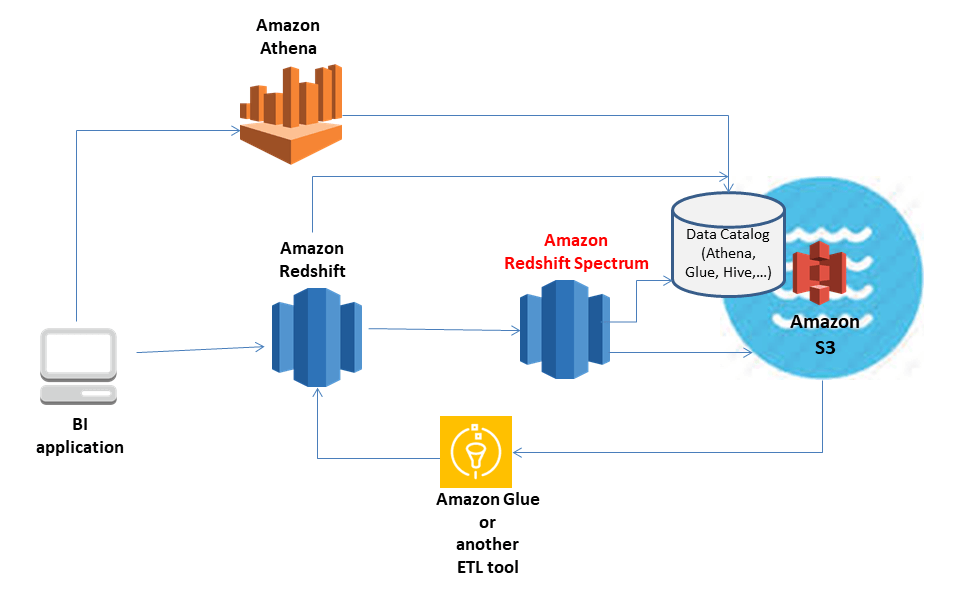
- #Amazon redshift wiki how to
- #Amazon redshift wiki code
The cookie is used to store the user consent for the cookies in the category "Performance". This cookie is set by GDPR Cookie Consent plugin. The cookie is used to store the user consent for the cookies in the category "Other. The cookies is used to store the user consent for the cookies in the category "Necessary".

The cookie is set by GDPR cookie consent to record the user consent for the cookies in the category "Functional". The cookie is used to store the user consent for the cookies in the category "Analytics". These cookies ensure basic functionalities and security features of the website, anonymously.

Necessary cookies are absolutely essential for the website to function properly.
#Amazon redshift wiki how to
Related: Learn how to create tables in Redshift using examples If this makes you scratch your head, dont worry! The sorted data compliments the Redshift columnar storage to give us highly efficient querying capabilities.

The sort order is determined by the sort keys specified when you create a table. When you load data into a Redshift table, the data is stored in sorted order.
Data in a Redshift table is stored in sorted order. This means if you input bad data into your application, it gets stored in the database. Primary keys, Foreign keys and Unique constraints are not enforced in Redshift. Some table constraints are informational. This might sound strange, but it really helps to improve performance. Tablespaces, table partitioning, and inheritance are not supported in Redshift. Matter of fact, you can even use Redshift Spectrum to query your structured and semi-structured data straight from Amazon S3. You do not even have to load the data into the Redshift database. Redshift Spectrum is a feature of Amazon Redshift which lets you query unstructured data stored in Amazon S3. You already know Amazon Redshift can handle semi-structured data in addition to the standard structured data, which is great! If you have a vast amount of unstructured data and want to generate analytics from it, Redshift has a solution for you. Redshift support for unstructured data. #Amazon redshift wiki code
Query engine: The query execution engine leverages Redshift specific Massive Parallel Processing (MPP), Results caching and Compiled code distribution feature in addition to the columnar storage to increase execution speed, reduce execution time and improve system performance.

The encoding type is chosen based on the data type of the columns. Redshift by default compresses the columns in the table using RAW, AZ64 or LZO encoding.
Data Compression: Compressing data saves storage space. With the data for the entire column stored in a single block, we have fewer blocks to read/write. Why do you think SQL executions against these tables are faster?īecause SQL queries for analytics are normally limited to certain columns and never the entire row. This provides better performance on SQL execution and storage. In Columnar storage, the entire data for the ZIPCODE column gets stored in a single column. Let’s assume the 5th column stores the ZIPCODE. Data storage: Redshift Database uses Columnar storage for database tables Instead of storing an entire row of data from a database table in a block, in Columnar storage, the entire column gets stored in the block.įor instance, consider a database table on customer address, with 200 rows and 10 columns. Amazon Redshift db is highly optimized for Business Intelligence (BI) and Online Analytical Processing (OLAP). However, just because the Redshift database is built upon PostgreSQL does not mean they are the same. It is popular with large companies like Apple, Instagram, Reddit, Skype and Twitch. PostgreSQL, if you are not familiar, is a highly robust open-sourced Object-Relational database. Amazon Redshift is a Relational Database Management System (RDBMS) built upon PostgreSQL.








 0 kommentar(er)
0 kommentar(er)
